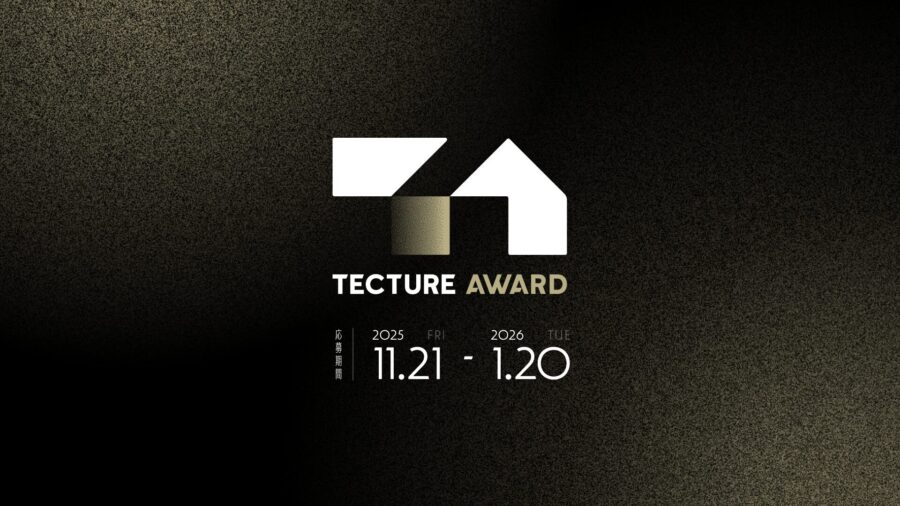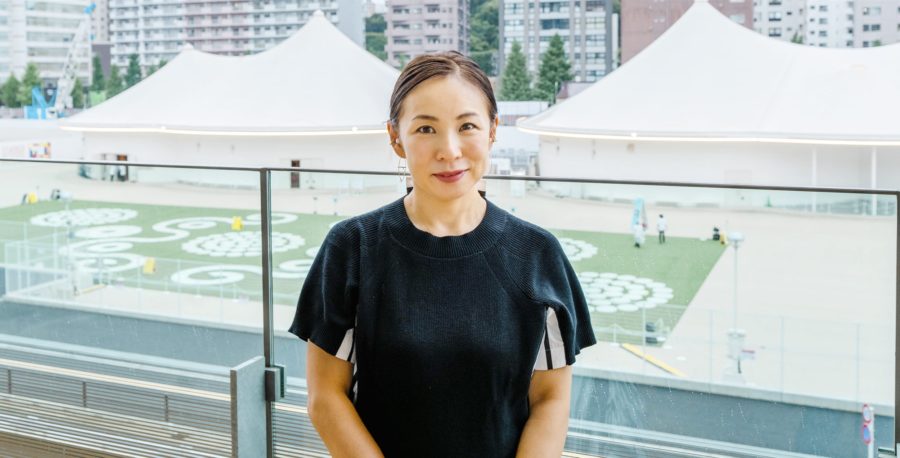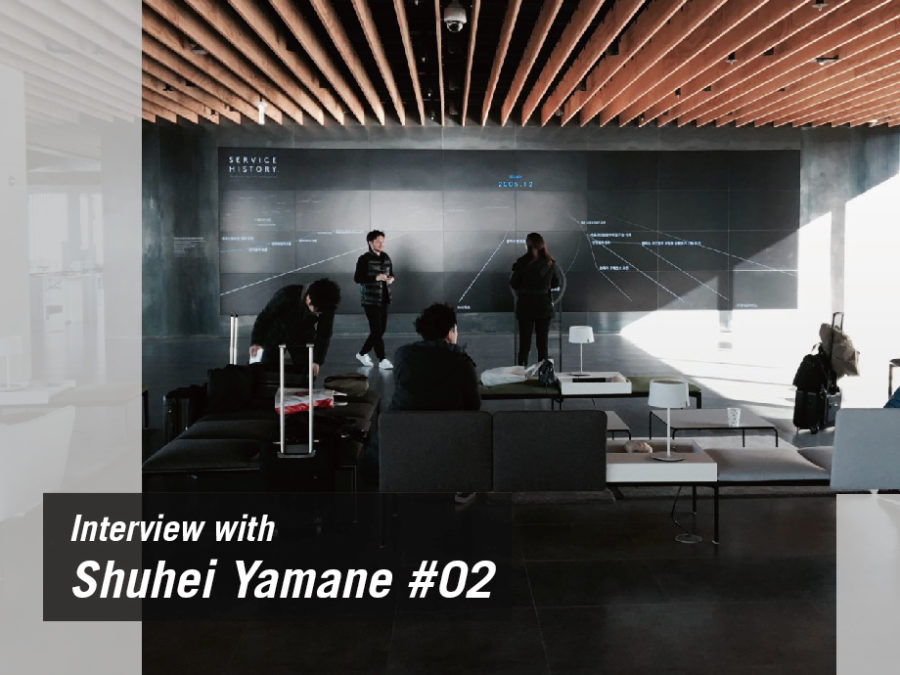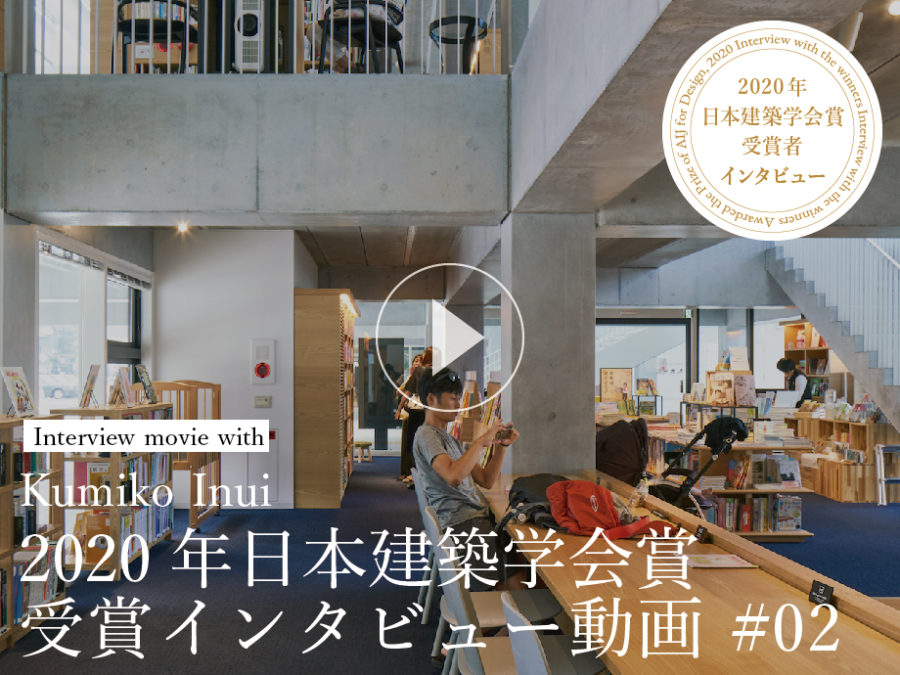建築事務所を独立する前後から、建築やインテリア以外にプロダクトのデザインも手掛け、海外の設計事務所との協働にも積極的な芦沢啓治氏。
スケールやジャンル、また文化や背景の異なる条件を、どのように捉えて設計をしているのか。
そして、Instagramで意識的に発信し、自らのブランディングに役立てている芦沢氏。
建築設計事務所がInstagramを活用するポイントは、どこにあるのか。
すべての活動に通底する「正直なデザイン」を追求する姿勢を捉えた。
(jk)
Study Series
Interview with Keiji Ashizawa
芦沢啓治「正直なデザインを貫き通す」
#01 正直さ=デザインという「正直なデザイン」論
#02 家具もプロダクトも建築家の強みを活かして提案
#03 設計事務所の効果的なSNSはInstagram 1択!
#04 建築家はなによりユニークであれ
Keiji Ashizawa has been involved in product design and architecture and interior design since before and after becoming an independent architecture firm, and has been active in collaborating with overseas design firms.
How does he go about designing for different scales and genres, cultures, and backgrounds?
And Mr. Ashizawa is consciously using Instagram to communicate and help with his branding.
What is the point of an architectural design firm’s use of Instagram?
We captured the pursuit of “honest design” that runs through all of his activities.
(jk)
Study Series
Interview with Keiji Ashizawa
“Honest Design Throughout”
#01 Honesty = design, “honest design” theory
#02 Propose furniture and products by leveraging the strengths of architects
#03 Effective SNS of design office is Instagram 1 choice!
#04 Architects must be unique
デザインはとがるものではなく、人のためのもの
── 芦沢さんは建築やインテリア、家具や照明器具などのプロダクトデザインに関わるなかで、「正直なデザイン」を一貫して掲げています。その意味するところを教えていただけますか?
芦沢:「正直なデザイン」と言いはじめて、しばらく経ちますね。2017年に自分の本をつくったあたりから、です(註:『On Honest Design: the Design Works Collection of KEIJI ASHIZAWA』)。
誠実さの伴う「正直なデザイン」は、ますます重要になっていると思います。
内容を膨らませたような「僕たちスゴイだろ」っていうのは人の心にまったく届かないけど、自分たちの誠実さを表現したものは到達するといいますか。
例えば今、コーヒーショップを手がけているんですが、コーヒーショップとしての誠実さの表現を心がけているんです。使っている豆とか、家具のありようとか、空間の質みたいなものとか。
1つひとつ「僕らはこういうことを思っているんだ」という誠実さを表現していくことで、伝わるものになります。
でも、注意していないと、すぐ不誠実になるんですよ。
デザインって、別にとんがるものじゃないでしょう。デザインは人のためのものだし、いいデザインで残るデザインは、それだけの根拠があるものだからです。
自分も以前は「とんがってるのがアーキテクトのつくる家」だと思っていた時期もありました。
美意識のカタマリ、みたいな。その美意識も、怪しいものですけどね(笑)。
でも今となっては違うって分かります。みんなそうなんじゃないかな。自分が住む家って考えたら、そんなとんがっていられないですよね(笑)。
Design is not for spikes, but people
─ In your work with architecture, interior design, furniture, lighting, and other product design, you consistently stand for “honest design.” What is the meaning of this?
Ashizawa: It’s been a while since I started calling it “honest design” – around the time I made my book in 2017 (note: On Honest Design: the Design Works Collection of KEIJI ASHIZAWA).
I think “honest design” with sincerity is becoming more and more critical.
An inflated version of “Aren’t we great?” won’t reach people’s hearts at all, but an expression of our sincerity will.
For example, I’m currently working on a coffee shop, and I’m trying to express the coffee shop’s sincerity. The beans they use, the state of the furniture, space’s quality, and so on.
By expressing one by one the sincerity of “This is what we think,” it becomes something that comes across.
But if you’re not careful, it can quickly become insincere.
Design isn’t something pompous. Design is for people, and the systems that stay with good design are the well-founded ones.
There was a time in my life when I used to think that pompousness was what architects made of houses.
It’s like a form of aesthetic sense. But that aesthetic sense is a questionable one, too (laughs).
But now I understand that it’s not the same. I think everyone is the same. If you think about the house you live in, you can’t be that pompous (laughs).
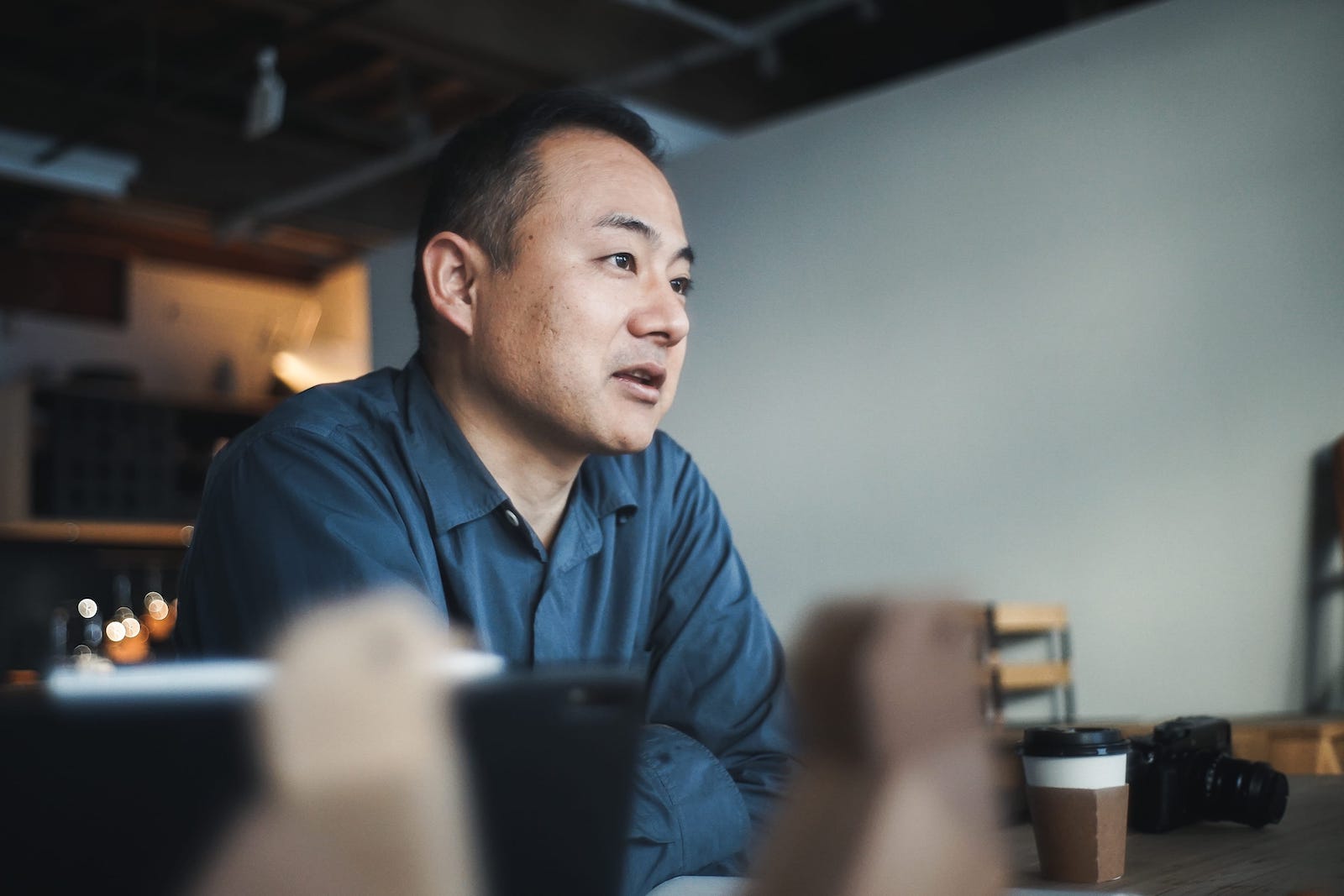
正直とデザインを重ね合わせる
芦沢:もしかしたら、「正直」と「デザイン」は同じ言葉なのかもしれませんね。
いいデザインには、そこに正直さがあるし、そうでないと間違った方向にデザインが悪用されてしまうんです。「ちょっと、とんがらせておこうぜ」みたいに(笑)。
── そのほうがクライアントは分かりやすいし、デザイナーはデザインしやすいのかもしれません。
芦沢:でもデザインは、そういうものではないでしょ。
それはスタイリングだったりトレンドだったりで、デザインではないんです。
だから、「どう正直であるべきか?」ということを考えることが、僕にとってデザインを追求していくってことになっている気がします。自問自答みたいな感じですよね。
だからといって、100%理にかなったものが正直なデザインとも思っていないんですよ。
例えば、建物で徹底的に材料を減らしていくと、鉄塔みたいなものが建ってしまう。しかも、ペラペラで美しさを感じないものになって、そのうち壊されるかもしれない。
正直なデザインというのは、必ずしも合理性や経済性がすべてだということではまったくないんです。
むしろ真逆で、どう自分の感性と美意識で解いていくというか、導き出していくかというところですね。
デザイナーなりに、アーキテクトなりに、美意識をもって正直さに対峙していくことで、自分なりの答えを出していかないといけないですよね。
僕が立ち上げた石巻工房の家具も、単にDIYの家具ということであれば、もっとたやすくできるDIYの家具もあるわけです。
でもそうしていたら残っていくものにはならなかったはずだし、関わってくれているデザイナーとしての感性や瞬間的なひらめきが活きたデザインになっています。
Superimposing honesty and design
Ashizawa: Maybe “honesty” and “design” are the same word.
Good design has honesty in it; otherwise, the design will be misused in the wrong direction. Otherwise, the design can be misused in the wrong way, like, “Hey, let’s make it pompous! (laughs)
─ Maybe this makes it easier for the client to understand and for the designer to design.
Ashizawa: But that’s not what design is all about.
It’s styling and trends, not design.
So the question is, “How should we be honest?” For me, thinking about these things is the pursuit of the design. It’s like asking yourself.
But that doesn’t mean I think that 100% reasonable design is honest design.
For example, if you thoroughly reduce the amount of material in a building, you end up with something like a steel tower. And it would become flimsy and unbeautiful, and then it might be torn down.
Honest design isn’t necessarily all about rationality or economy at all.
Instead, it’s the exact opposite: it’s about how to solve the problem using your sensibilities and aesthetic sense, or how to find the solution.
You have to come up with your answers by confronting honesty with an aesthetic sense in your way as a designer and an architect.
If the furniture at Ishinomaki Laboratory, which I launched, merely is do-it-yourself furniture, then there are do-it-yourself furniture that can be made more quickly.
But if we had done that, we wouldn’t have been able to create something that would last, and the designs are based on the sensibility and instantaneous inspiration of the designers involved.
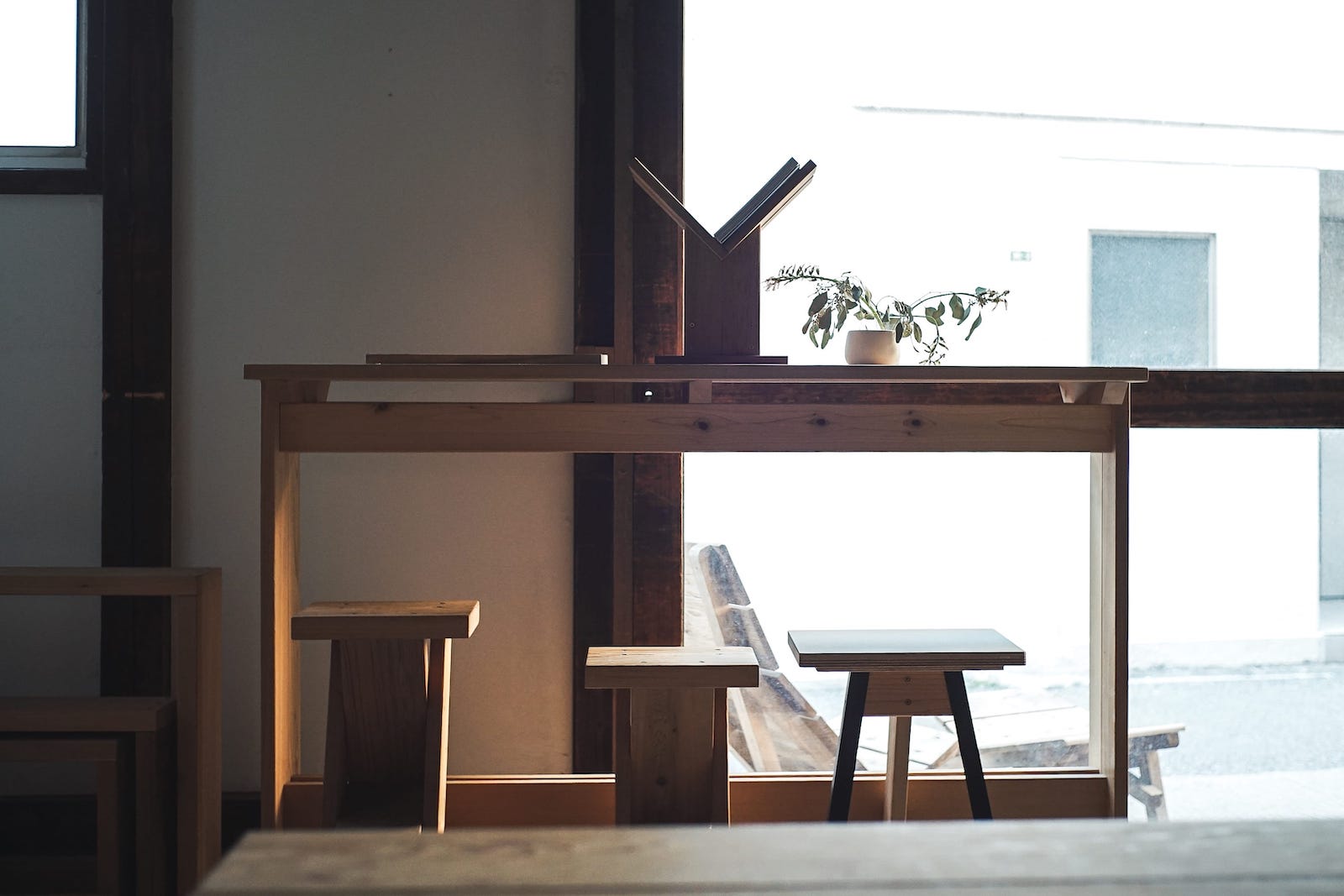
空間を軸に仕事の幅を広げる
── 自分の事務所を立ち上げて15年ほど経ちますが、仕事の内容が変わってきたと感じることはありますか?
芦沢:最近は「空間に関わることであれば、ぜひ声をかけてほしいな」と思うようになりました。
例えばプロダクトの仕事でも、「どういうプロダクトを設計したい」とかではなく、そもそも僕らにとって必要なのは「どういう空間にいたいのか」「どういう空間が求められているか」「どういう空間が快適なのか」なんです。
それを小さいなら小さいなりに、大きいなら大きいなりにどうつくっていくのか。そういうところから入っていくほうがいいと思っています。
そうしないと、ハコがあって、そのなかに何かを埋めていくような作業になってしまうと思うんです。
例えば「どんな空間にもフィットする」というソファが求められるとします。そのとき、「連続してユニットになって、空間を埋めていきます」というソファを考えるかもしれません。
でも、あらためて「どういう空間が必要か」と考え直すと、もっといろんな気づきがありますよね。
「だからこういうものが必要なんだ」という説得力をもたせられる。僕はプロダクトのデザインに関していえば、ひたすらそのアプローチです。
── 家具をデザインし始めたのは、独立前後からですよね?
芦沢:そうですね。super robotにいるときに家具をつくろうとは思っていたけど、ぜんぜん分かっていませんでした。よく考えれば。
逆に言うと、ぜんぜん分かっていないから、トンチンカンなモノをいっぱいつくっていて、それが財産になっていった気はします。
家具の世界にいるプロのデザインのことを詳しく知っていたら、そこに置いてある〈SUTOA〉という棚なんて、つくっていなかったなと思うんです。
その前に〈SLYBOX〉という、引き出し家具をつくったんですよね。そうしたら当時、Established & Son というイギリスの家具ブランドのセバスチャン・ロングがわざわざ事務所まで来てくれて、「これを商品にするんだったらどうなんだ」みたいな話になって。
Expand the scope of work around the space
─ It’s been 15 years since you started your firm, do you feel that your work has changed?
Ashizawa: Recently, I’ve realized that if it’s something to do with space, I’d love to hear from people.
For example, in product work, it’s not about what kind of product we want to design, but rather about what kind of space we want to be in, what type of play is required, and what kind of room is comfortable for us to be in in the first place.
If the space is small, how can we create it in its way, or if it’s big, how can we make it in its path? I think it’s better to start with these questions.
If you don’t do that, I think you’ll end up with a box, and then you’ll fill it with something else.
For example, let’s say a sofa is required to fit into any space. You might think of a sofa that will fill a space by forming a series of units.
But if you think again about what kind of space you need, you’ll realize that there’s a lot more to it.
When you think again about what kind of space is needed, you realize a lot more. That’s the approach I take when it comes to product design.
─ You started designing furniture around the time you became independent, right?
Ashizawa: Well, I thought I would make furniture when I was at the super robot, but I didn’t understand it at all.
In other words, because I didn’t understand it at all, I made a lot of ridiculous things, and I feel that this became an asset for me.
If I’d known more about professional furniture design, I don’t think I would have made the SUTOA shelves there.
But before that, I made a piece of furniture called SLYBOX, a piece of drawer furniture. At the time, Sebastian Wrong from Established & Son, a British furniture brand, came to the office, and he asked me, “Why don’t you turn it into a product?
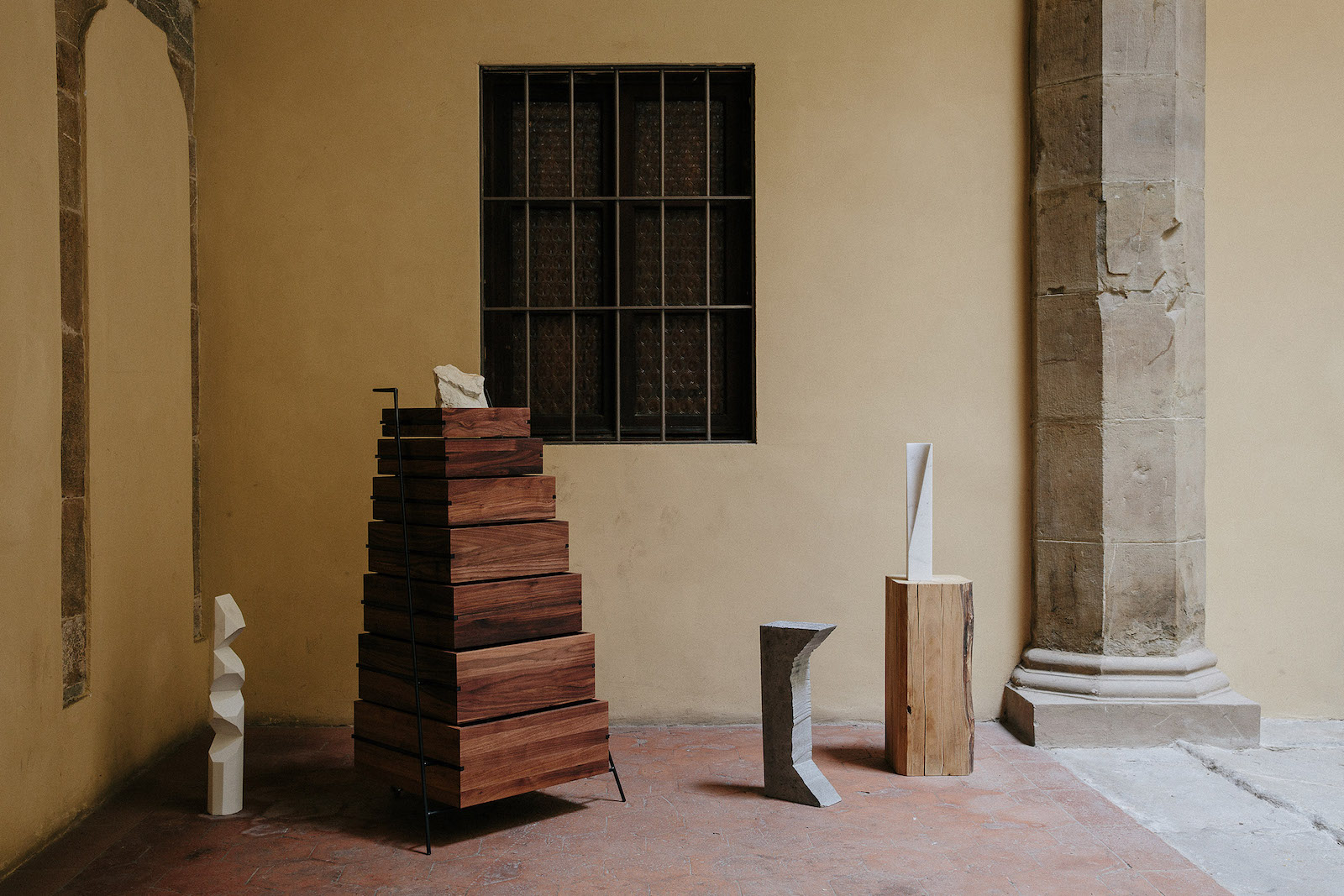
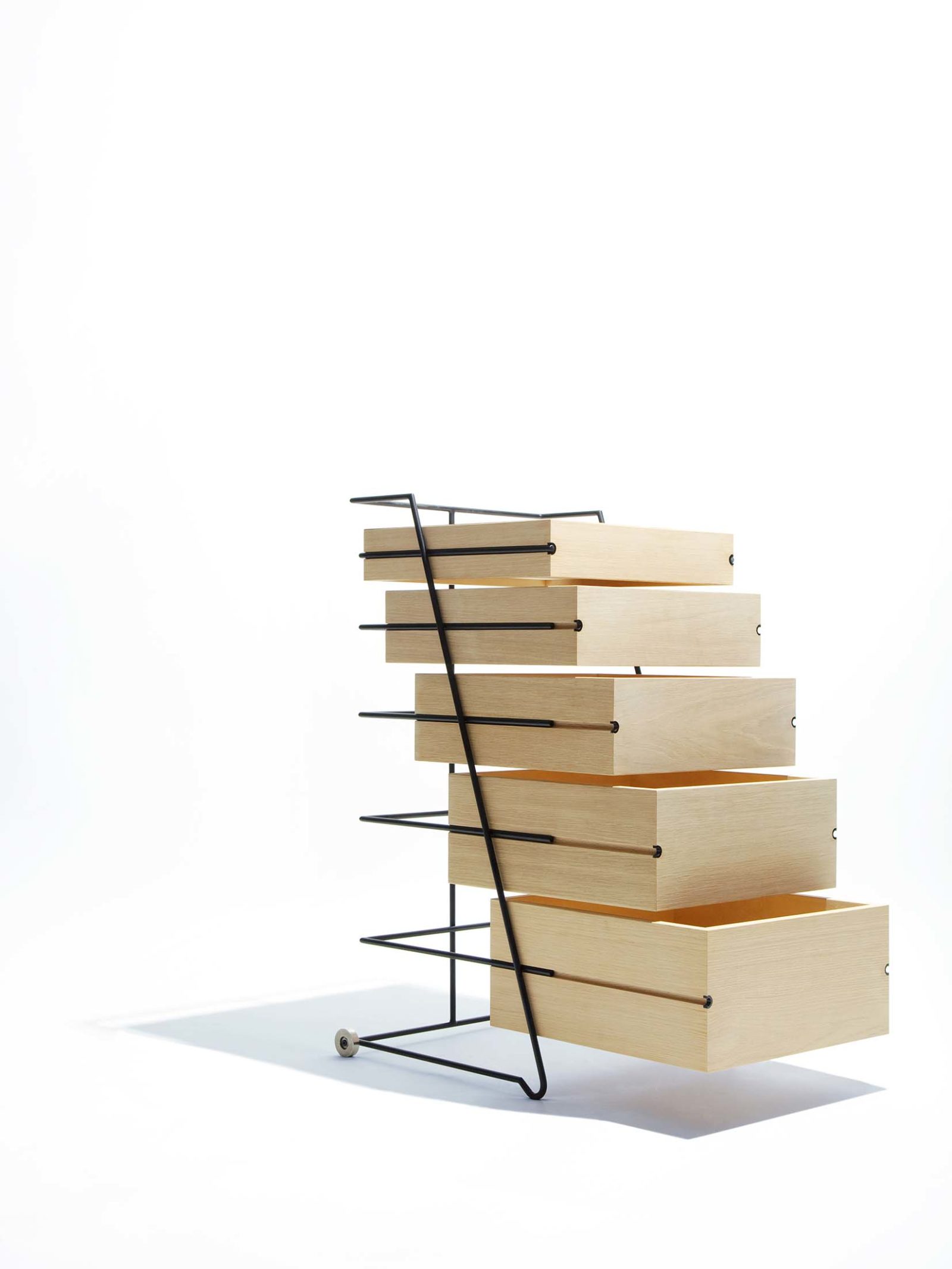
セバスチャンは、「家具っていうのはね、けっこうボリュームが大事なんだ」という話をしていました。
つまり、家具はボリュームの大小で、どこに置くかを決めるでしょうと。
「玄関に置く小さなモノに30万円は出さないけれど、リビングに置く大きなモノであれば50万円くらいはかけてもいい、とユーザーは思っているんだよ」と、彼は言うわけです。
なるほどと思って、次のタイミングで〈SUTOA〉をつくったんです。ボリューム感があって、ちょっと彫刻的なモノがいいなと思って。大きなリビングを想定して、ポンと置いてあるようなイメージにしました。
そうしたらFRAMAというデンマークのデザインスタジオがつくってくれて、けっこう高額で売り出したんけど、ヒットしたんですよね。
FRAMAは、売上的にはそれほど大きくないと思うのですが、今はデンマークのアイコンのようなブランドです。
(#02 家具もプロダクトも建築家の強みを活かして提案 に続く)
Sebastian said, “Furniture is all about volume,” which means it’s essential to decide where to place furniture based on its volume.
In other words, the volume of the furniture will determine where it will be placed.
He said, “People won’t pay 300,000 yen for a small item for the front door, but they’re willing to spend 500,000 yen for a large item for the living room.
I was convinced, and that was the next time we made the SUTOA. I wanted something voluminous and a bit sculptural. I imagined it in a large living room, and I wanted it to look like it was just sitting there.
Then a Danish design studio called FRAMA made one, and it went on sale for quite a bit of money, and it was a hit.
I don’t think FRAMA is a big brand in sales, but right now, it’s like a Danish icon.
(Continued on #02 Propose furniture and products by leveraging the strengths of architects)
Study Series
Interview with Keiji Ashizawa
芦沢啓治「正直なデザインを貫き通す」
#01 正直さ=デザインという「正直なデザイン」論
#02 家具もプロダクトも建築家の強みを活かして提案
#03 設計事務所の効果的なSNSはInstagram 1択!
#04 建築家はなによりユニークであれ
Study Series
Interview with Keiji Ashizawa
“Honest Design Throughout”
#01 Honesty = design, “honest design” theory
#02 Propose furniture and products by leveraging the strengths of architects
#03 Effective SNS of design office is Instagram 1 choice!
#04 Architects must be unique

